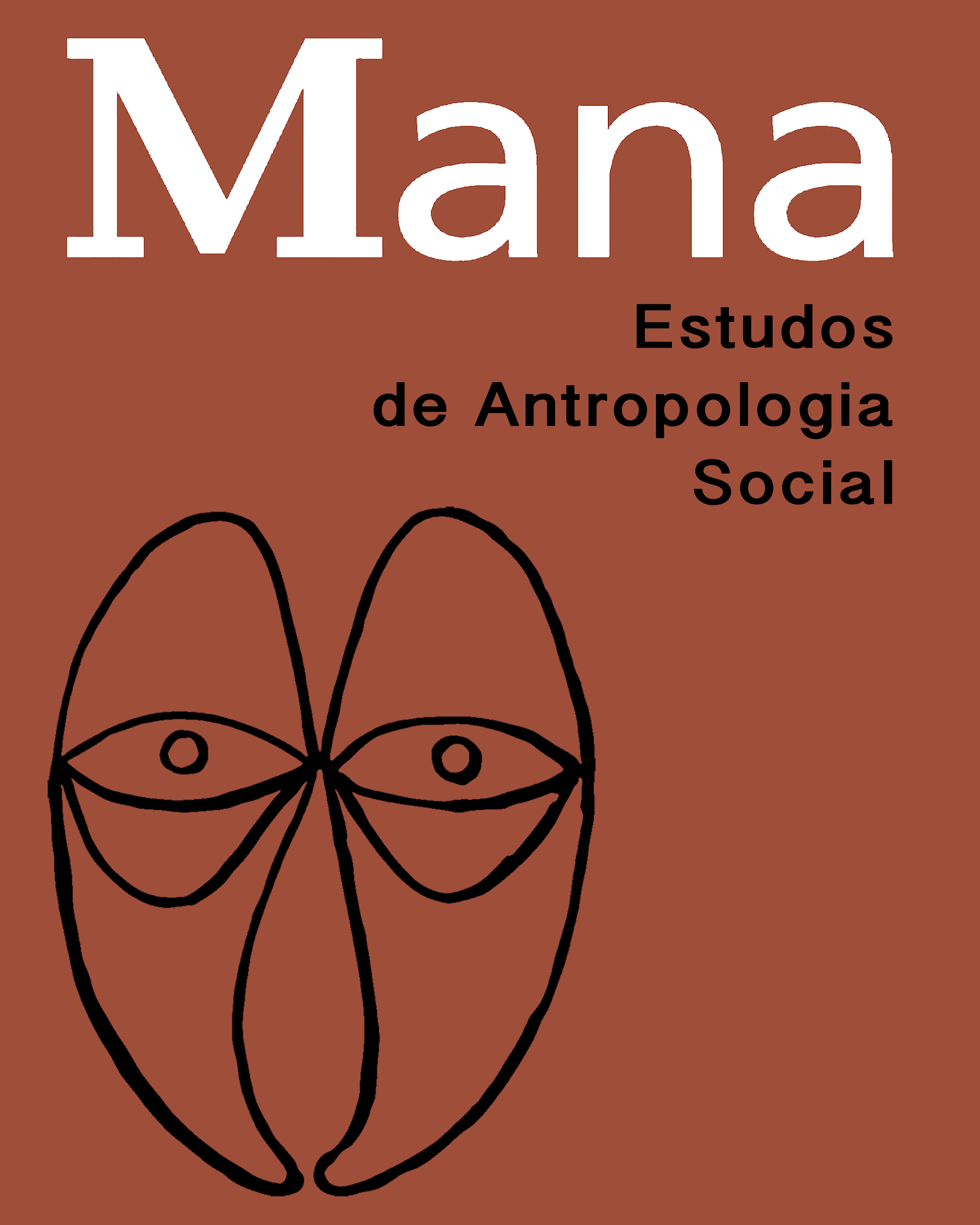The starting point of this article is the thesis developed in 1991 by Isabelle Combès and Thierry Saignes on the birth of Chiriguano ethnicity and identity, both mixed ‘in essence.’ The Chiriguano and the Chané appear to maintain a somewhat paradoxical relationship with miscegenation, however. Although considered paradigmatic examples of Amerindian miscegenation, some contemporary views anticipate the dissolution of the ethnic group precisely because of its mixture with whites. At the same time, the Chiriguano themselves reject any idea of mixture, proclaiming themselves to be simply ‘Guarani.’ Based on a double case study of the Bolivian Isoso and the Argentinean Northwest, the article casts doubt on the idea of the complete absorption of the Chané by the Chiriguano complex; it then analyzes the different types of miscegenation in existence and their relation to an asymmetrical schema that creates a scale of values between different ethnic groups. Finally, the authors suggest that the ideological ambivalence surrounding miscegenation is precisely due to the fact that it is a hybrid construct, the product of the fusion between Chané and Guarani ideologies.
Arawak; Guarani; Chiriguano; Chané; Chaco; Miscegenation
